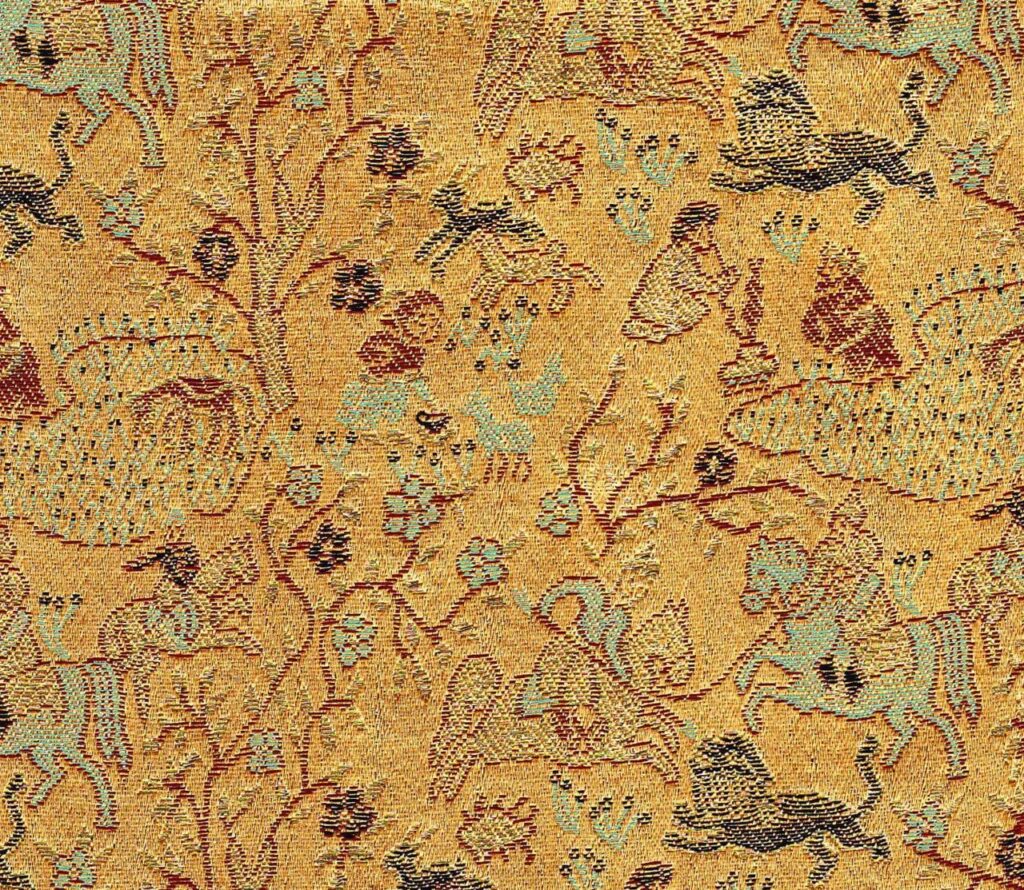The phrase “fashion victim” took on a literal meaning when a 35-year-old woman in Australia had to be freed from a pair of overly tight skinny jeans after developing compartment syndrome, a serious medical condition. According to Summer Strevens, author of Fashionably Fatal, such harmful fashion trends aren’t new—they’ve existed since ancient times. She refers to this dangerous obsession with style as “vanity insanity”. The article highlights some of the most lethal fashion trends in history.

One of the most infamous is the corset, a garment worn to compress the waist long before modern shapewear like Spanx. Corsets didn’t just reshape the body—they influenced language too. The term “strait-laced” emerged to signify moral uprightness, while “loose women” implied both literal and moral looseness. Strevens explains that corsets caused a host of health problems, including indigestion, constipation, frequent fainting due to restricted breathing, and even internal bleeding.
Crinoline fires
The structured petticoat did more than just enhance a silhouette. During the 19th Century, at the peak of the crinoline’s popularity, there were several high-profile deaths by skirt fire. In July 1861, the poet Henry Wadsworth Longfellow rushed to help his wife after her dress caught fire. According to the Boston Daily Advertiser, “While seated at her library table, making seals for the entertainment of her two youngest children, a match or piece of lighted paper caught her dress, and she was in a moment enveloped in flames.” She died the following

Lead-based cosmetics:
In ancient Rome, lead-based cosmetics were widely used, particularly by women. These cosmetics, such as white lead-based face powders and lipsticks, caused various health problems, including lead poisoning, which could lead to organ failure and even death.
A poor designer neglects the practical side of clothing, focusing only on aesthetics, which leads to dangerous or uncomfortable designs like corsets or crinolines that caused historical accidents. In contrast, a good designer balances captivating aesthetics with practicality, ensuring the design is as safe, comfortable, and functional as it is beautiful, thereby avoiding the problems resulting from design negligence.


